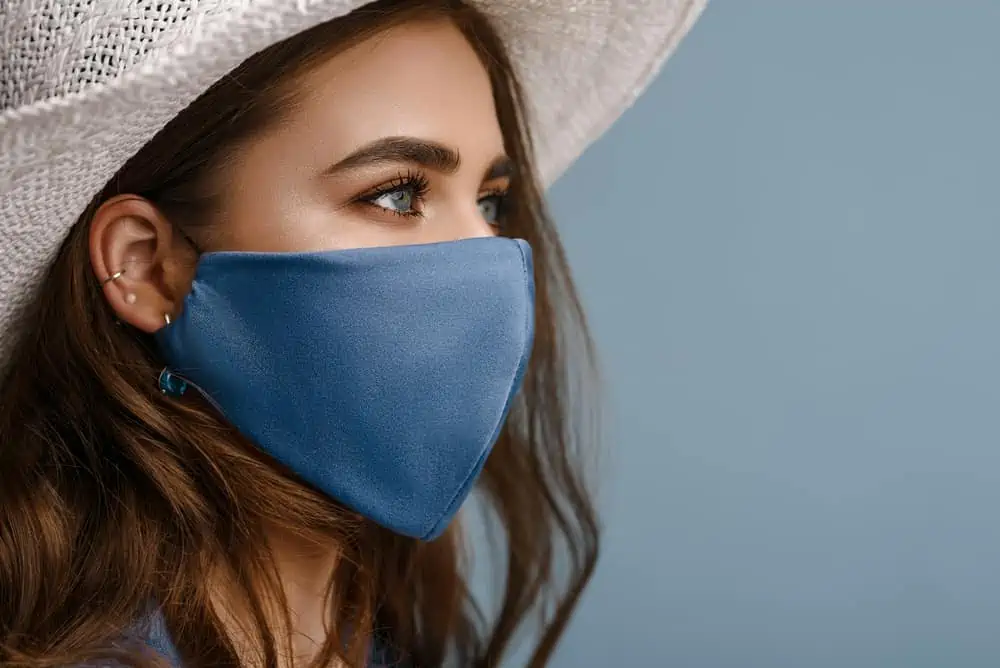In the past years, you won’t see anyone wearing a face mask in public spaces. Only medical professionals, people with weak immune systems, and manufacturing plant employees use it to protect themselves from germs and diseases.
Yet today, face masks have become a mandatory accessory worldwide. Face masks must be worn at all times in public and private places to prevent spreading disease-causing viruses and other microorganisms.
But the question is, which face mask should you use? Will hand-stitched face masks work perfectly? How about disposable surgical masks? Will they be effective in preventing viruses from entering your body?
Face masks come in different variations, and choosing what’s the most effective among them can be daunting and overwhelming. To help you decide which face mask to use, look at the overview of all the must-have features a protective face mask should have.
And if you’re looking for a reliable face mask provider, visit your local pharmacies, shops, and here for more information. Be sure to ask how they make their face masks, their efficiency, and their level of protection.
What Are The Must Have Features Of A Protective Face Mask?
When buying a face mask, you have to consider some important features that must be present. With this, you’ll be able to get a face mask that offers the right protection you need.
Below are the features to look for in a protective face mask.
Multi-Layered Mask
If you prefer using reusable face masks, you should look for those built with multiple layers of fabric—ideally, three. This will ensure maximum protection against harmful odors and a wide range of dust and dirt particles.
Typically, these layers are made with three different materials. These include a polyester or polypropylene fabric (outermost layer), a blend of breathable fabric (middle layer), and another layer of breathable fabric (innermost layer).
Lastly, when choosing a fabric, look for water-absorbing cotton, particularly when it comes to the innermost layer. This will provide more comfort than a face mask with non-absorbent cotton, especially when your nose gets sweaty.
Antibacterial Technology
A face mask with an antibacterial property is also available today. If it is treated with antibacterial technology, it’s possible that it can protect you against 99.99% of bacteria present in the air. These bacteria may include Aerococcus, Micrococcus, and Staphylococcus.
With antibacterial technology, you’ll be able to prevent harmful pathogens from entering your body, reducing the risks of contracting different diseases. Such diseases include Legionnaires’ disease, tuberculosis, pertussis (whooping cough), and some respiratory diseases.
Therefore, the next time you purchase a face mask, be sure to determine if that mask is treated with antibacterial technology.
Water-Repelling Property
When looking for a face mask, you want to ensure it’s made with water-repellent fabric. This will help prevent microbes from sticking around your mask. It’s a must to wash it (for reusable face masks) or dispose of it after use (for disposable face masks).
A mask can be water-repellent due to the materials used in manufacturing, such as polypropylene and polyester fabrics. They act as a water-repelling coating in the outermost layer of the mask.
Adjustable Ear Toggles
Do your ears get hurt or feel uncomfortable when you use a face mask for a prolonged period? That’s probably because the ear toggles of your mask are too tight, or they are not flexible.
If you can adjust it, you’ll be able to prevent yourself from removing your mask too often. This will help reduce your exposure to dust, dirt, microorganisms, and other particles.
In addition, adjustable ear toggles make face masks suitable for faces of different shapes and sizes. If your face is small, tighten your ear toggles to prevent your mask from getting saggy. Otherwise, loosen them until it is comfortable to use.
Furthermore, masks with a comfortable fit are most useful during the summer seasons.
Perfect Facial Contour
A face mask should have a perfect facial contour. With the right fit, you don’t have to worry about your mask slipping. It won’t make you feel and look awkward and won’t give you any discomfort while wearing it.
On top of that contoured shapes promote proper hygiene. This is because it reduces the instances of frequently adjusting and touching the mask. When you adjust your mask too often, you allow dirt, dust, and other microparticles to enter your face and, eventually, your body.
Also, the contoured shape helps promote safety wherever you go, especially when driving a car or a motorcycle. It ensures that the mask won’t block your vision whenever you speak, laugh, or move your facial muscles.
Adjustable Nose Strips
These are flexible strips that sit right above your nose. You can adjust it depending on the size of your nose, making sure that the face mask will fit perfectly to the shape of your face.
In addition, flexible nose strips can help you secure the position of your eyeglasses—in case you use one to improve your vision. But when you adjust these strips, ensure your hands are cleaned and sanitized to retain the cleanliness of your mask.
Separate Packaging Materials
The last feature you must consider is its packaging. You want to ensure that each face mask is inside a separate packaging material to reduce the risk of contamination during transport.
If you purchase a box of disposable face masks, each mask inside must be securely covered in plastic. The separate packing ensures that the mask is clean from manufacturing to your home.
Final Words
It looks like face masks are here to stay for quite a long time. So, be sure to look for the right features that will give you the maximum protection you need. Be on the lookout for any defects of any kind before you go out and wear that face mask.
You can refer to the discussion above to determine the must-have features a protective face mask should have. With these elements, you’ll be able to reduce the risk of getting various diseases and infections.

